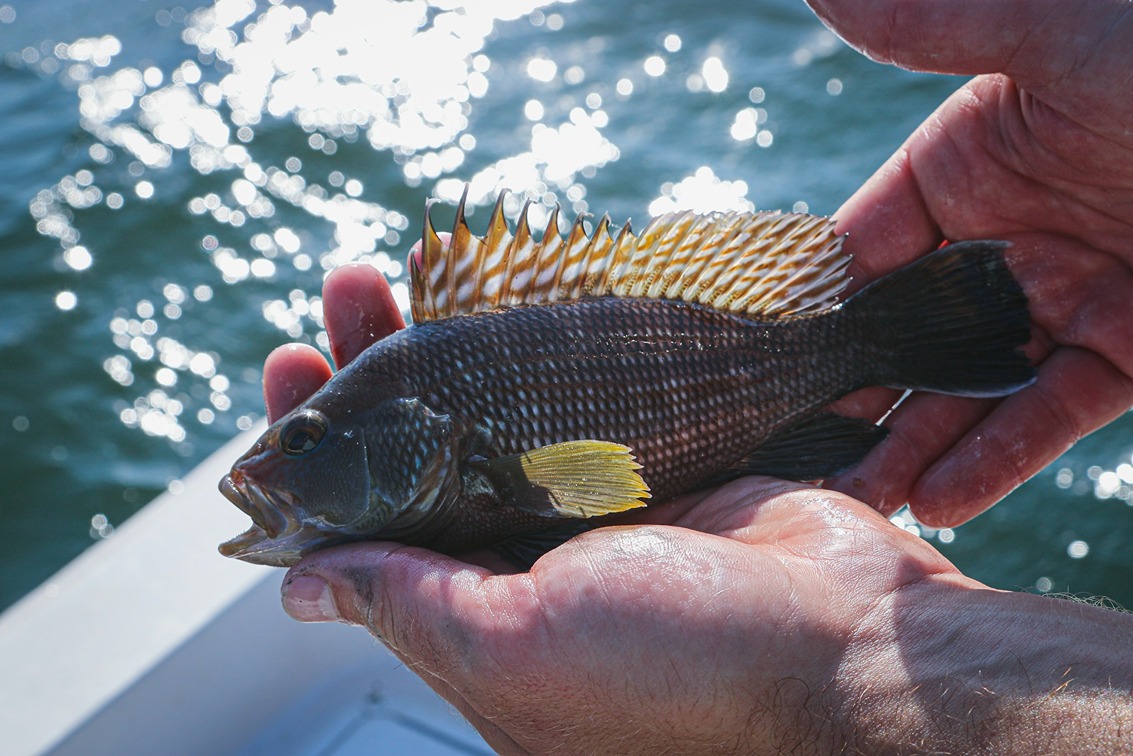Fishing is a popular pastime enjoyed by millions of people around the world. Whether it’s for sport or sustenance, anglers are constantly looking for the best bait to attract their desired catch. However, what many fishermen may not realize is that the type of bait they use can have a significant impact on the environment.
One commonly used form of bait is bonito strips. Bonito strips are thin slices of bonito fish that are used to attract larger predatory fish such as tuna, swordfish, and marlin. While bonito strips are effective at enticing these game fish, they also come with environmental consequences.
One of the main environmental concerns associated with using bonito strips as bait is bycatch. Bycatch refers to the unintended capture of non-target species while fishing. When using bonito strips, there is the risk of catching endangered or protected species of marine life. This can include sea turtles, dolphins, and various species of sharks.
Additionally, the process of obtaining bonito strips can also have negative environmental impacts. Bonito fish populations are already under pressure from overfishing, with some species being classified as vulnerable or endangered. The demand for bonito strips as bait can further exacerbate this issue, leading to declines in bonito populations and disrupting the marine ecosystem.
Furthermore, the production and transportation of bonito strips can contribute to greenhouse gas emissions and other forms of pollution. The energy-intensive processes required to catch, process, and package bonito strips can result in the release of carbon dioxide and other harmful pollutants into the atmosphere. Additionally, the transportation of bonito strips from fishing grounds to retailers can further contribute to carbon emissions and environmental degradation.
In contrast to using bonito strips, there are more sustainable options available for anglers to consider. For example, artificial lures and biodegradable baits made from natural materials can be used as alternatives to bonito strips. These options can help reduce the ecological footprint of fishing activities and minimize the impact on marine ecosystems.
Additionally, practicing catch and release fishing can also help protect marine life and preserve fish populations. By releasing non-target species and undersized fish back into the water, anglers can help ensure the sustainability of fish stocks and promote conservation efforts.
In conclusion, the environmental impact of using different types of fishing bait, such as bonito strips, is a significant concern that should not be overlooked. Anglers should be mindful of the consequences of their bait choices and strive to use more sustainable and eco-friendly alternatives. By making informed decisions and adopting responsible fishing practices, anglers can help protect marine ecosystems and ensure the longevity of fish populations for future generations.
